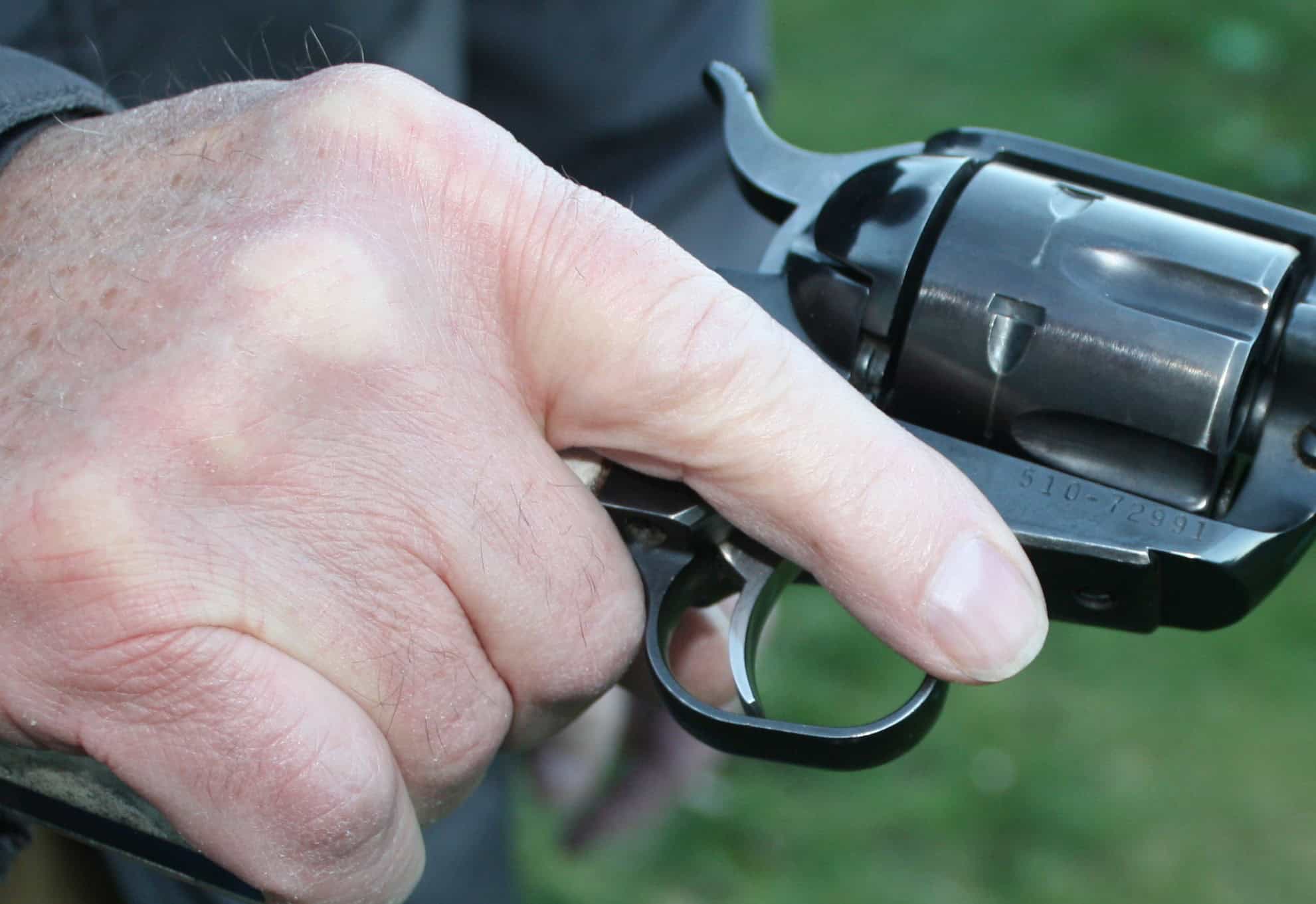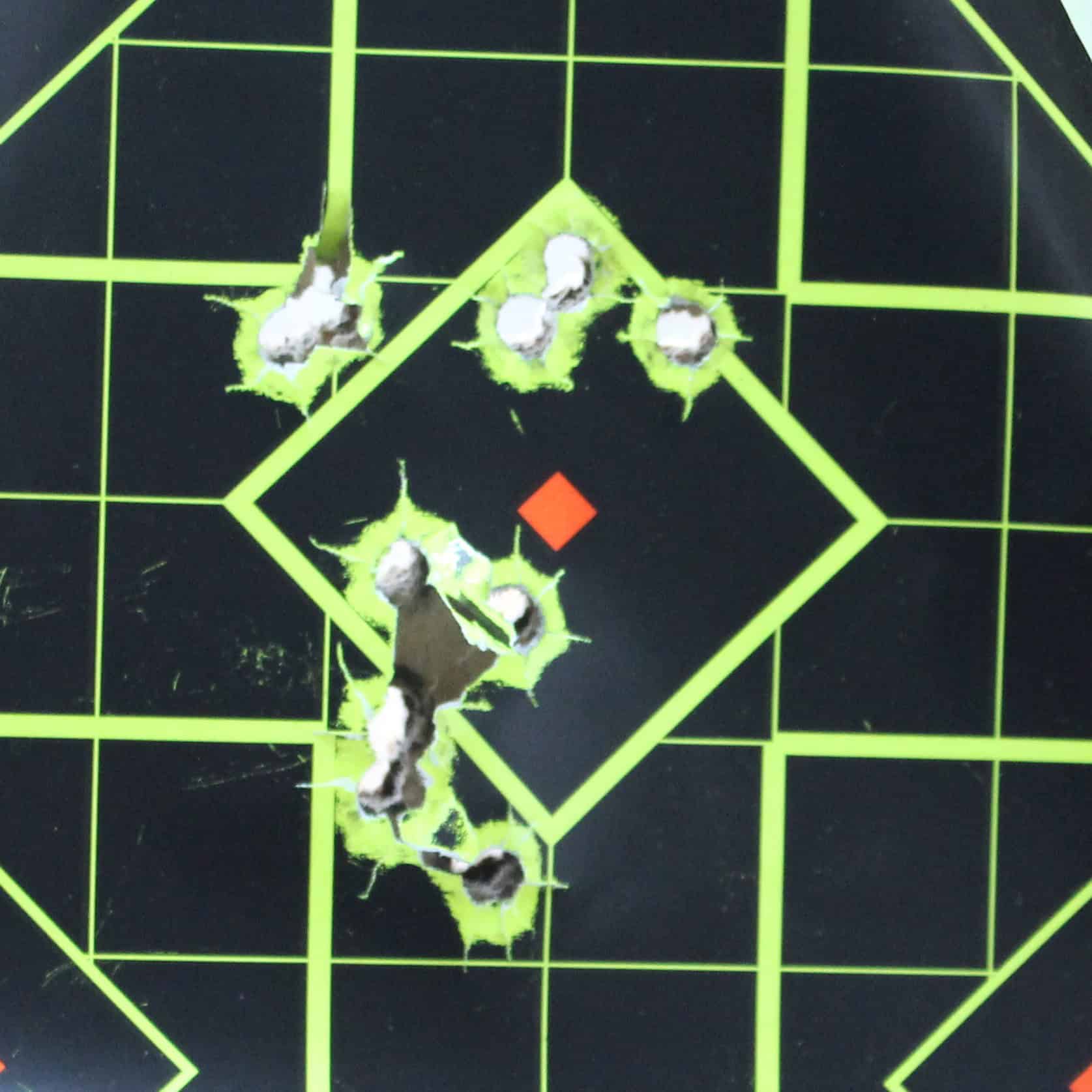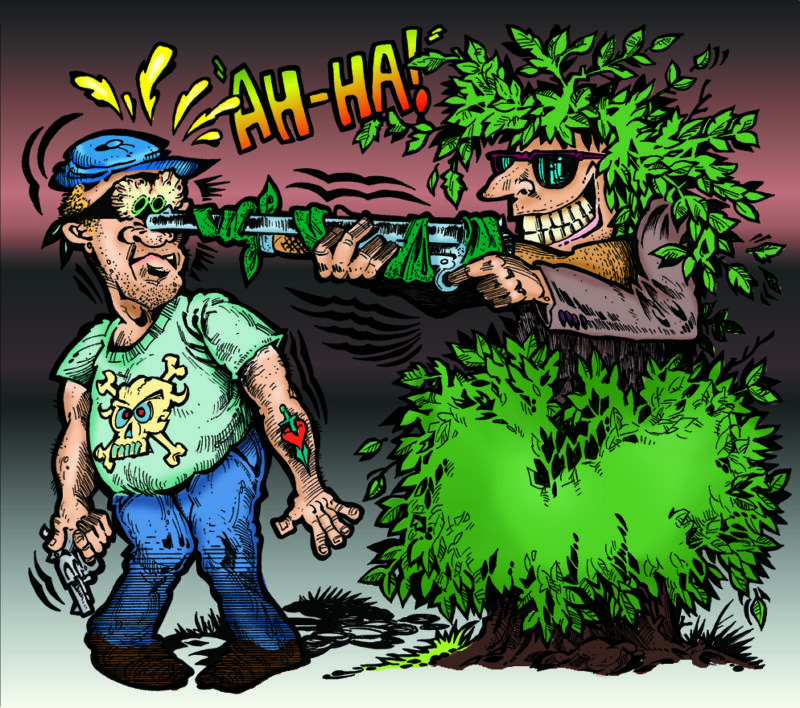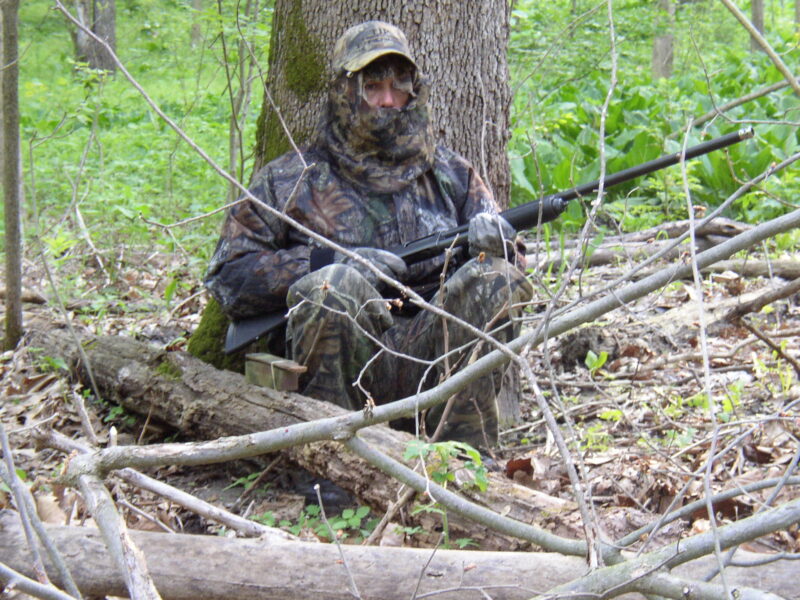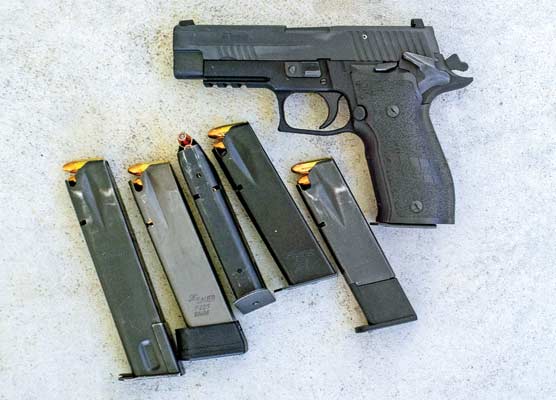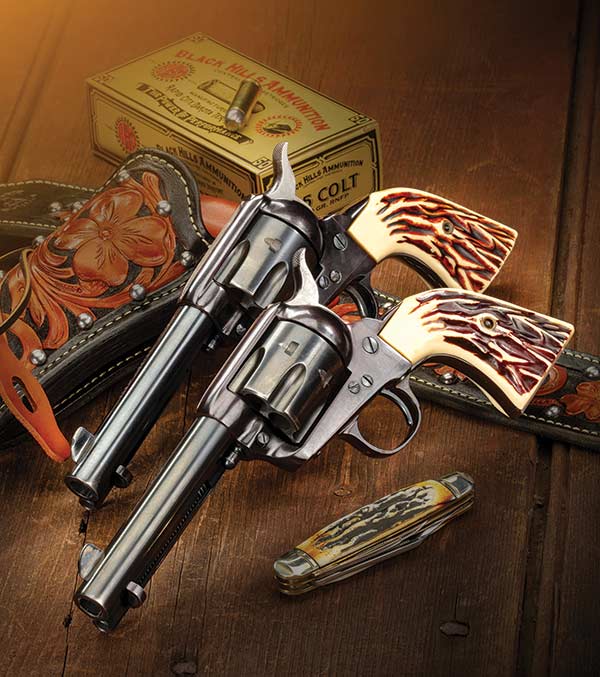The Downside Of
Shooting Single Actions
Fragile Finger Joint
Happy New Year, now take some advice from an old guy with something of fondness for single-action sixguns. They have a downside.
Just before the holidays, I spent some time at the range checking velocity differences between some of my .45 Colt handloads and some commercial ammunition loaded for “Cowboy Action” shooting. My pet load of 6.9 grains of HP38 behind a 255-grain Hornady RNL-FP clocked right in there slightly above 825 fps out of my Ruger New Vaquero with its 7 ½-inch barrel and a bit slower out of my 4 5/8-inch model. The top speed over my chronograph was 886.6 fps out of the longer barrel.
Meanwhile, the commercial loads came in around 750-775 fps with the highest speed of 787.8 fps over the screens, with the Chrony set about 30 inches ahead of the muzzle.
I don’t participate in Cowboy Action, but I frequently pack either of the Vaquero revolvers or one of my Ruger Blackhawks in .41 Magnum when I’m off the pavement. Bears may be sleeping for the winter, but in my region, there are mountain lions and they’re hungry 24/7/365. I don’t consider myself part of the menu.
So, now and then, it is prudent to hit the range just to, as one of my elders used to say, “keep my eye in.”
I don’t know about any of you, but whenever I touch one off out of any of those wheelguns, the rear of the trigger guard gives the middle joint of the middle finger of my gun hand a rap, and occasionally, it’s painful. No wonder folks who use single actions more than I do might have developed a small blister or callous on the same finger of their gun hand in the same spot.
What’s Up With That?
Long story short, this is the downside of shooting single-action revolvers. Pachmayr makes a rubber replacement grip for the Ruger Blackhawk which fills in the gap between the rear of the trigger guard and the grip frame to alleviate the problem. I’ve used them, and they’re superb.
However, I’m guilty of sticking with conventional grips, so it’s my choice, and the sore finger is the price paid for some exhilarating shooting.
The same thing has happened occasionally when I shoot a double-action revolver with “magna”-type grip panels. Here, again, during recoil the rear of the trigger guard can deliver a possibly brutal smack to that middle finger.
The upside of single-action revolvers — at least the ones I own — is that they’re reasonably accurate with the handloads I’ve used over the years. And they’re just a lot of fun. The modern single-action revolver really is a finely made firearm, with modern materials and metallurgy, 21st-century technology and construction. My guns all go “Bang!” when the hammer drops, which is all anyone can really expect.
So, what’s a fellow to do about the sore finger? Apply a little ice, rub it with some salve, wear a glove; there are all sorts of things which might provide at least a temporary remedy. Of course, this time of year, one could hang beef at my local gun range. From November through March, I don’t think the sun ever shines directly into the ravine where the range is located. I actually shot a match in there one winter and it was so cold, several guys showed signs of hypothermia.
The finger soreness hasn’t impaired my shooting, as all of my single-actions seem to put ‘em where they need to go. The same dilemma shouldn’t interfere with your shooting, either.
In the weeks ahead, I’m going to be trying out loads in .45 Colt using a different propellant, CFE Pistol, for a little boost in velocity, whether using Hornady’s lead projectile or a 250-grain jacketed XTP. Watch for a report.
